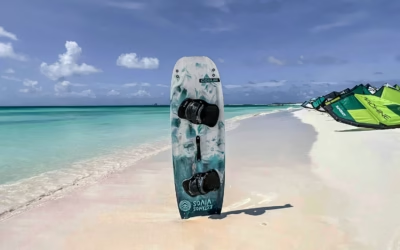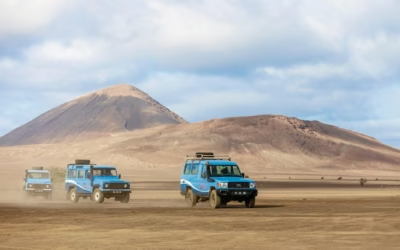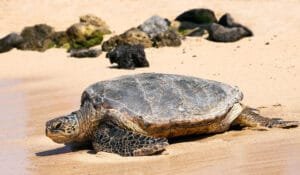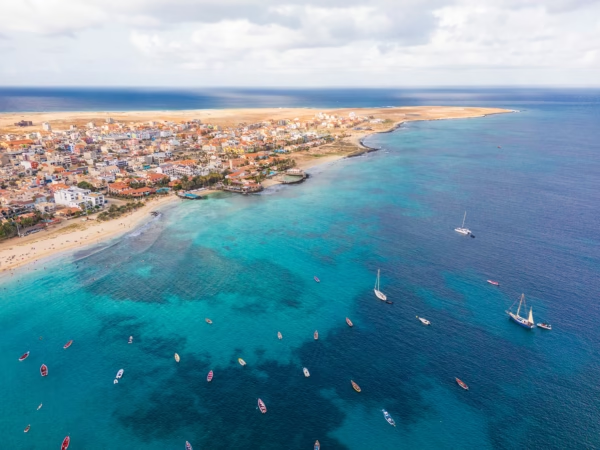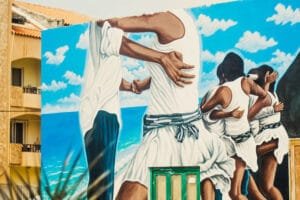Horse Riding on Sal Island: The Complete Guide
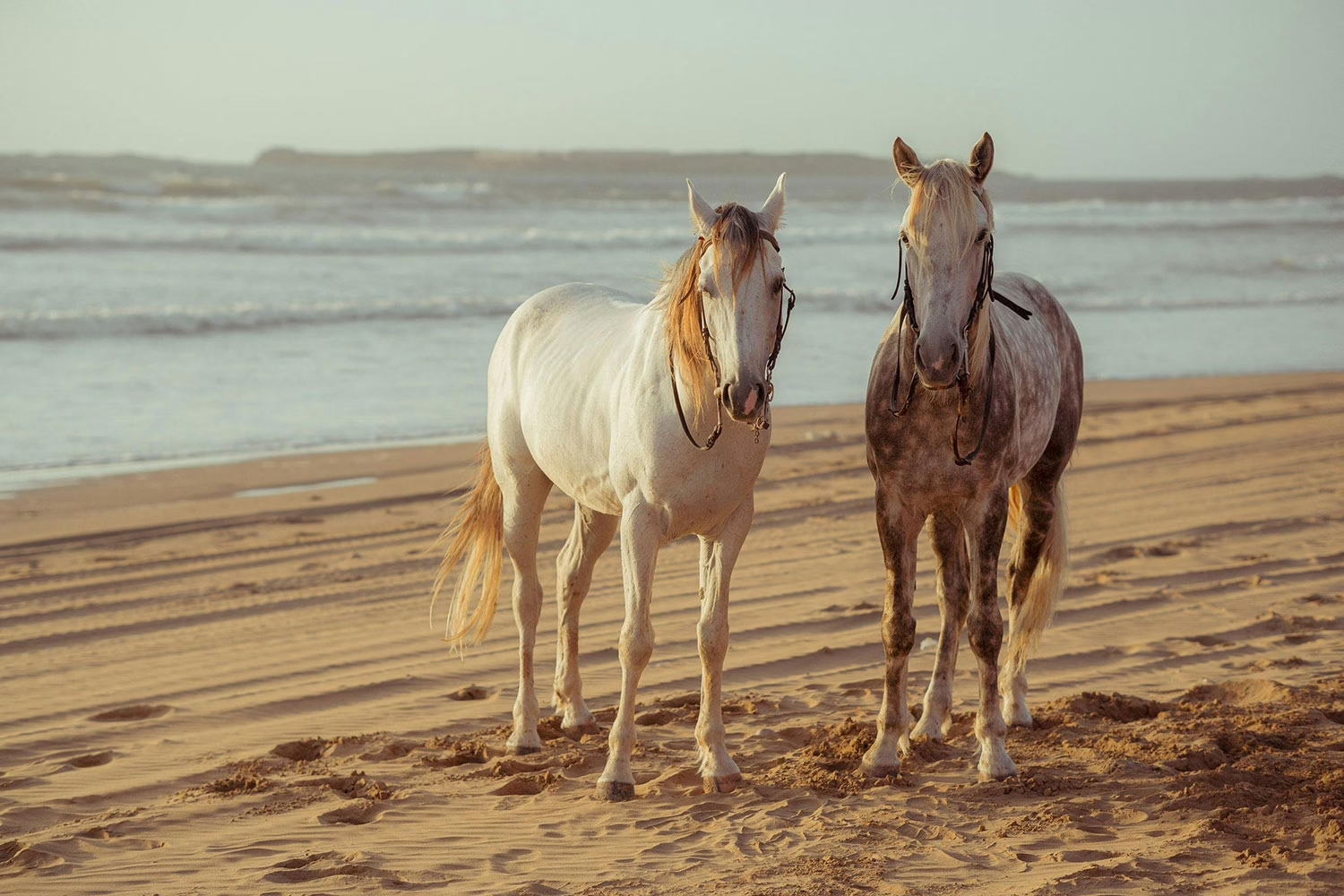
In the middle of the Atlantic Ocean, 350 miles off the west coast of Africa, lies Sal Island — a flat, sun-scorched landscape where white sandy beaches and over 350 days of sunshine a year create an unexpected paradise for horseback riding enthusiasts. This easternmost island of the Cape Verde archipelago has transformed from a salt-mining outpost into one of Africa’s premier equestrian destinations, offering riders the rare opportunity to gallop through surf, traverse ancient salt flats, and explore desert landscapes from horseback.
Horse Riding on Sal Island
Horse riding on Sal Island offers an experience that transcends typical beach vacation activities. The possibility to gallop through Atlantic surf or traverse active salt flats where workers continue centuries-old traditions allows visitors to enjoy the island in a relaxing and memorable way.
Whether you are a seasoned equestrian or a first-time rider, the horse riding experiences in Sal Island promise unforgettable moments and a deeper appreciation of the island’s serene charm. The combination of professional operators, well-trained horses, diverse terrain, and year-round favourable weather conditions positions Sal Island as one of Africa’s premier destinations for equestrian tourism.
The island’s transformation from a salt-mining outpost to a horseback riding destination exemplifies sustainable tourism development that honours both heritage and the natural environment. For visitors seeking adventure beyond conventional beach activities, Sal Island’s horseback riding experiences provide memories that last long after the tan.
Santa Marilha Horse Excursions
The primary horse riding operation on Sal Island is Santa Marilha Horse Excursions. This licensed and insured company has been offering horseback riding tours in Sal for over 13 years, earning a solid reputation based on professionalism, animal welfare, and guest care. Based at stables set next to the Viveiro Botanical Gardens, the operation maintains high standards that distinguish it from informal beach operations.
The company utilises Lusitanos, Berbers, and Cross Arabs, and focuses heavily on matching horses to riders’ abilities. As an experienced rider and horse owner, I was pleased to see that all potential riders were weighed at check-in and a strict weight limit was enforced. I was also glad to see that everyone asked about riding capability and horses, and lead lines were used appropriately based on levels of experience, noted one experienced rider in a recent review.
Horse Riding Trails: Four Distinct Experiences
Santa Marilha offers four carefully designed trails that cater to different skill levels and time constraints:
Salt Flats Trail (1 Hour, €50)
This easy and gentle ride will take you across the big Salt Flats of Santa Maria, where local people work every day to satisfy the demand for salt for the whole archipelago. Perfect for beginners, this 3-kilometre trail maintains a walking pace throughout and provides the opportunity to learn more about the culture and history of Sal Island.
Kite Beach Short Trail (1 Hour, €60)
Saddle up and clip clopping in convoy across the barren land of Sal Island, you’ll head down the beautiful Kite Beach. This family-friendly option allows all beginner riders who don’t want to miss the opportunity to ride along the golden sands of Kite Beach and take great photos from horseback.
Salt Flats and Kite Beach Trail (1.5 Hours, €70)
The most popular option combines both iconic landscapes. Start your trail with a gentle ride across the salt flats of Santa Maria. Leaving the Salt Flats behind, you will head up to Kite Beach, where the most experienced riders will have the chance to gallop through the surf. Less experienced riders or those who want to relax and enjoy the landscape can ride along the shore at a leisurely pace, accompanied by the guides.
Salt Flats, Kite Beach and Sand Dunes Trail (2 Hours, €80)
The comprehensive experience covers 9 kilometres and includes the desert, and you will arrive at the Salina of Santa Maria. Riding up a small hill, where you will find a fantastic view of the salt pans. The trail continues to Kite Beach and concludes with a ride through flat land with green bushes and a small creek, where it is common to meet cows, donkeys, and endemic birds of Cape Verde.
For up-to-date information, check Santa Marilha’s official website: www.horseexcursionsal.com
Book Your Horse Riding Tour
There are several places and ways to book your horse riding experience on Sal Island. You can inquire about the offer at some of the tourist hotel chains, like TUI or Marriott (if you are staying in one), at agency offices offering horse riding, or purchase the service online.
Below, I collected some of the most popular online booking options:
- Santa Marilha Horse Excursions: Horse Riding Trails – Book Online
- Marriott Tours and Activities: Horse Riding in Sal Island – Cabo Verde
- Musement (TUI Group): Sal, guided horse riding tour
- OCEAN Cabo Verde: Santa Maria Horse Excursions
- Viator: Horse Riding in Sal Island, Cape Verde
What to Expect: A Typical Riding Experience
The experience begins with hotel pickup, as transfer service from the hotels (pick-up and drop-off) is included in all packages. Upon arrival at the stables, riders receive a brief briefing, are equipped with helmets, and are introduced to their horse.
The quality of horse-rider matching consistently receives praise from visitors. Fantastic afternoon of riding, horses were very well cared for, our guides Ziggy and Matteus were well organised and matched up the horses for each of us perfectly, noted one recent rider. Another confirmed: Guides were excellent, matched the horse to each individual’s riding experience. Horses looked well cared for.
The riding experience varies significantly based on skill level. You will go through the traditional salt pans in the centre of the island and arrive at the long stretch of beach where, depending on your ability, there will be an opportunity to trot, canter, or even gallop through the waves before heading back. Advanced riders consistently report opportunities for the thrill of galloping along an endless golden beach and the truly exhilarating experience of cantering through surf.
Safety Standards and Regulations
Safety remains paramount in Sal’s horse riding operations. All rides include a comprehensive safety briefing, as well as insurance and riding helmets, all of which are included in the price. CE-certified riding helmets will be given to you before the ride (mandatory), and the group of a maximum of eight riders will be led by several guides on horseback (1:2 ratio) to make sure that the ride will be tailored to your respective riding skills.
The operation maintains strict protocols, including rider assessment and weight limits. To provide a personalised riding experience, we kindly request that you provide your riding level and weight information at the time of reservation, as this information is crucial for both your safety and the horse’s welfare.
Children are Welcome on Horse Riding Excursions
There are miniature and gentle horses suitable for children (minimum age 3 years old). Every child will have a dedicated guide assigned to them who will help and lead their horse when needed, ensuring the entire ride is both fun and as safe as possible. The age restriction reflects both safety considerations and the hot weather. In respect of the horses’ welfare, we offer trails of a maximum of 2 hours, exploring the South-East part of the island of Sal.
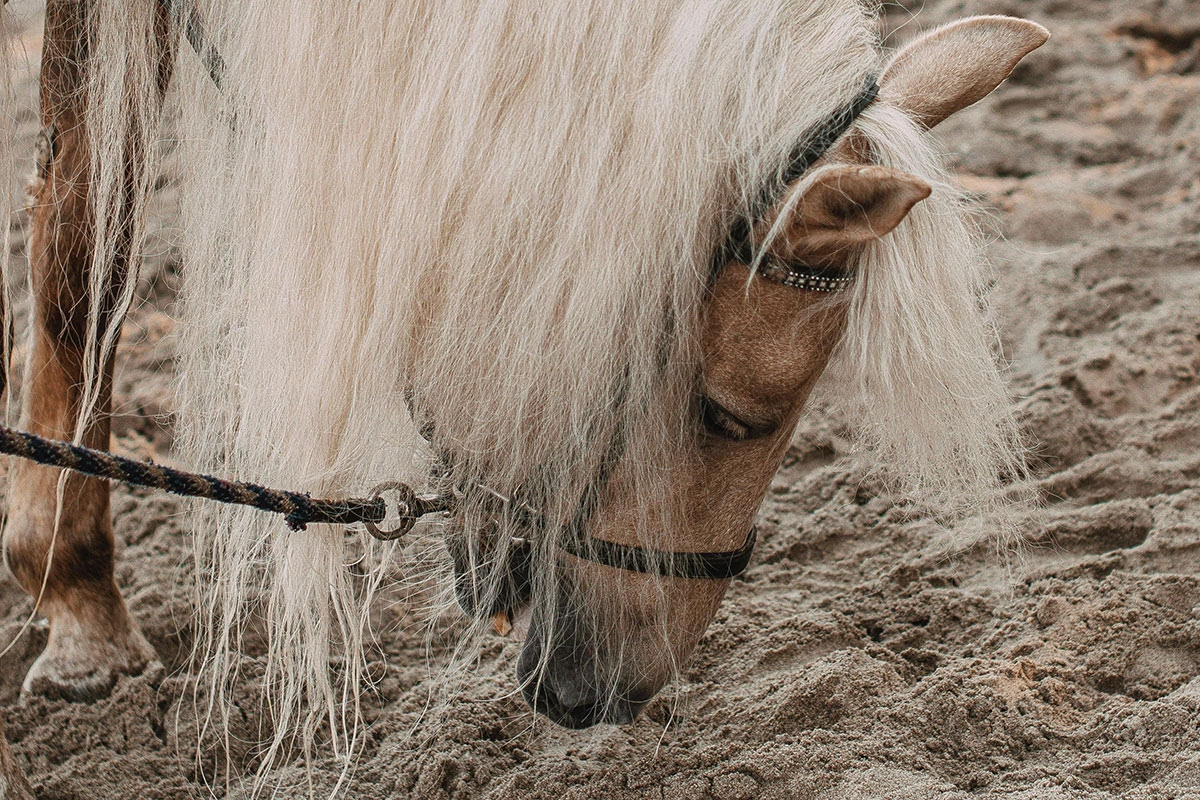
Practical Information for Visitors
Horse Riding Trail Booking and Costs
Prices for 2025 range from €50 for the one-hour Salt Flats Trail to €80 for the comprehensive two-hour experience. Horse Riding in Sal Island, Cabo Verde, prices start from £44.98 when booked through tour operators. Private tours on request (1 or more passengers + guides): +40€ added to the total booking amount.
You can cancel up to 24 hours in advance of the experience for a full refund, providing flexibility for weather-dependent plans.
Horse Riding on Sal Island: What’s Included
All available horse rides include essential safety equipment and services such as helmets, round-trip hotel transport, and a safety briefing, included in the price.
Additional services include professional photography options. Bring enough Euros to purchase photos of your ride from a professional photographer, as professional photo-shooting is included in the price on select trails.
What to Bring
Essential items include comfortable, protective clothing (such as long trousers) and footwear suitable for riding (e.g., sports shoes with socks). Bring water, especially for longer rides under the sun. To protect yourself from sunburns, please don’t forget to apply a sunscreen with a proper SPF and cover your head with a hat.
The Island That Salt Built
Sal (Portuguese for “salt”) is an island in Cape Verde, named after the two large salt ponds that were discovered centuries after European explorers first encountered the island in 1460. The first three centuries after its discovery, the island was only sparsely inhabited, but everything changed when the salt industry developed at the end of the 18th century.
Those same salt flats, which once exported 30,000 tons of salt in the early years, now serve as the backdrop for one of the most unique horseback riding experiences. The feeling can be compared to riding a horse on another planet. These salt pans are a significant part of the island’s history and economy, supplying salt to the entire archipelago. Riders can witness local workers continuing this centuries-old tradition as they traverse the crystalline landscape on horseback.
The Terrain: Desert, Beach, and Salt Flats
The island measures 29.7 km in length and 11.8 km in width. Its area is 219.84 km² (84.88 sq mi) and is remarkably flat, with its highest point being Monte Grande, at an elevation of 406 m. This geography creates ideal conditions for horse riding, as the terrain offers variety without demanding technical climbing skills from either horses or riders.
The riding landscape encompasses several distinct environments. The island’s beautiful, long beaches, such as those near Santa Maria and at Kite Beach, provide a serene setting for a leisurely ride. The gentle sound of the Atlantic waves, the soft white sand beneath the horses’ hooves, and the light breeze create a very relaxing atmosphere. Beyond the beaches, riders traverse dunes that shift with the constant trade winds and venture into the vast salt flats, where a ride through these flats offers a glimpse into the island’s industrial heritage.
Seasonal Differences: Weather Conditions for Horse Riding
Sal, Cape Verde enjoys a warm, desert-like climate year-round, making it a fabulous beach destination with temperatures remaining around a pleasant 24°C to 30°C for much of the year. This stable climate allows horse riding to be possible throughout the year, although specific periods offer optimal conditions.
The best time to visit Sal is between November and June, during the dry season. During these months, you can expect warm, sunny weather with minimal rainfall. The dry season on Sal Island lasts from October to July, with the hottest months being June and July, when temperatures can reach up to 34°C (93°F).
For horse riding specifically, the cooler months offer the most comfortable conditions. From November through June, sea temperatures typically hover between 23°C and 27°C, making post-ride cooling off in the ocean particularly appealing.
Wind sports like kite surfing and windsurfing are particularly popular during the winter months from November to February when coastal winds are at their strongest. These same winds provide natural air conditioning for riders, though they can make photography challenging.
The wet season, while brief, brings its own considerations. The wet season on Sal Island lasts from August to September, with the majority of the rainfall occurring in September. However, it does rain from July to October, but in a tropical, heavy downpour sort of way, with the sun bursting out afterwards and the sea still invitingly warm.
Cultural and Historical Motives
Horse riding on Sal provides more than just scenic recreation — it offers insight into the island’s transformation. The salt flats where riders traverse represent the area where the salt industry thrived, with 30,000 tons of salt being exported in the early years and continuing to supply the entire Cape Verde archipelago. A horseback ride in incredible scenery will take you back in time and allow you to learn more about the history of the Salt industry in Cape Verde.
The contrast between the island’s industrial heritage and its modern tourism focus becomes particularly apparent from horseback. Tourism, focused on the area of Santa Maria, has replaced salt and fishing as the primary source of income in the region. Yet, the salt pans remain active, allowing riders to witness both past and present simultaneously.
Summarising Horse Riding on Sal
Horse riding on Sal Island is a growing segment of Cape Verde’s tourism industry, striking a balance between adventure and environmental responsibility. The focus on small group sizes — choose between 4 different trails and set off in a small group with a maximum of 8 participants and multiple guides on horseback — ensures both safety and minimal environmental impact.
The operation’s commitment to horse welfare, as evidenced by its consideration of the horses’ welfare in the hot weather, sets standards that other operators in developing equestrian tourism destinations could follow. We only offer trails of a maximum of 2 hours.
Bibliography & Sources
- Santa Marilha Horse Excursions official website;
- 20 of the best things to do in Cape Verde, Amanda Canning, The Times UK;
- Horse riding in Sal Island, Ilha do Sal Official;
- Horse Riding in Sal Island – Cabo Verde, Magpie Travel;

